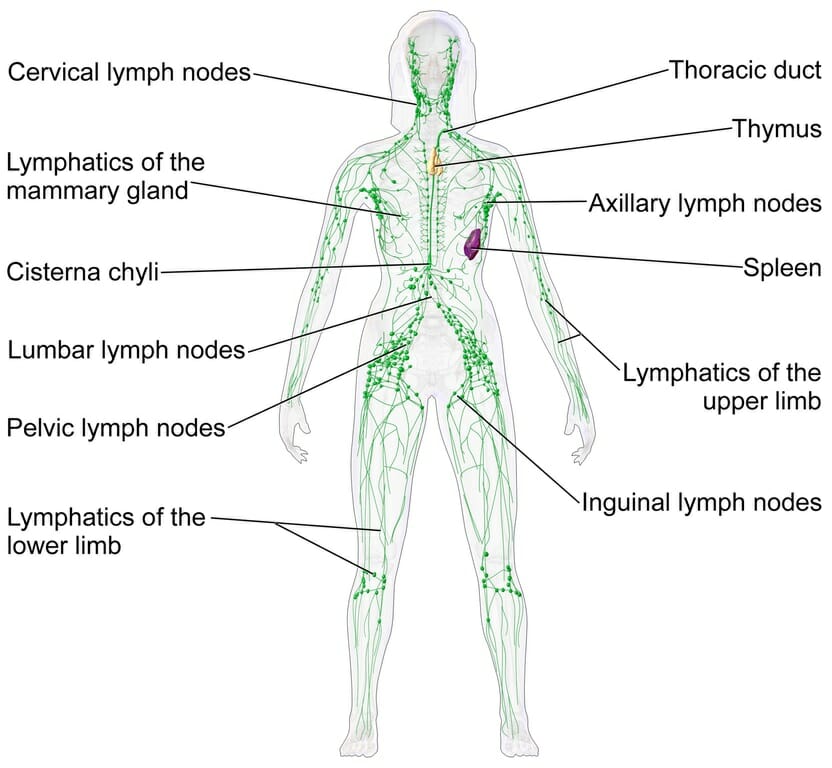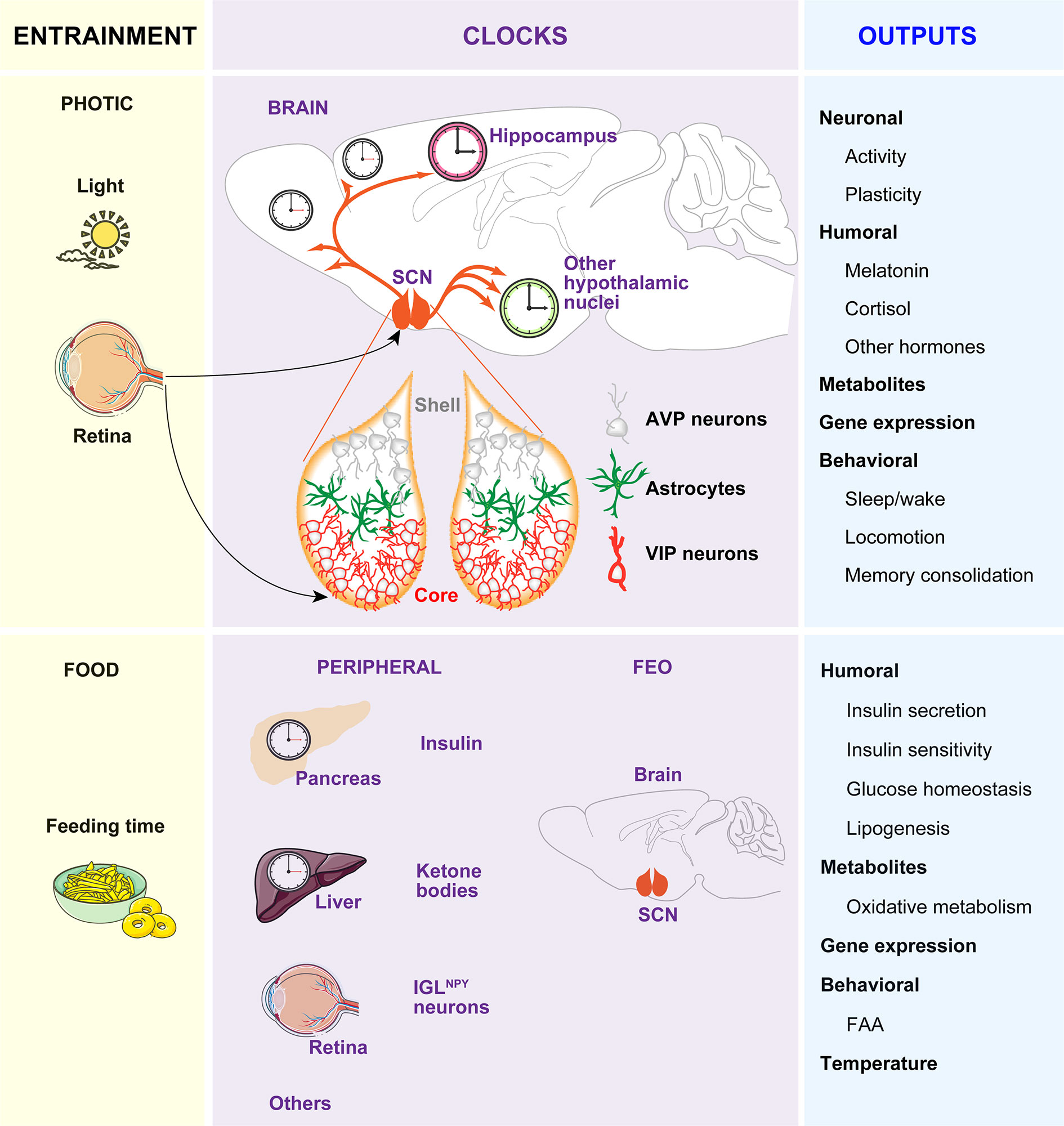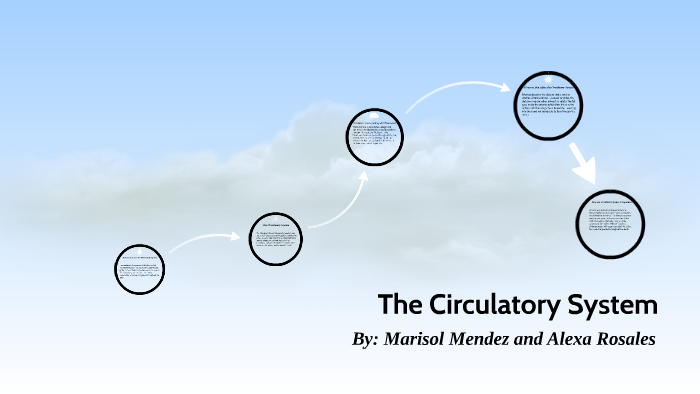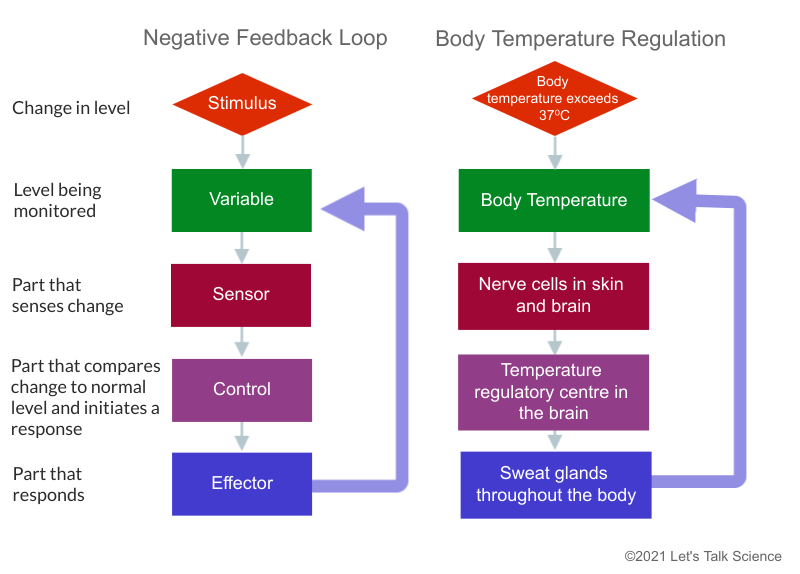To maintain homeostasis, the circulatory system delivers oxygen and nutrients in the blood so that they can pass into fluids surrounding the cells. There are control mechanisms within the system to ensure that specific body areas receive a supply of blood according to their needs so that they can maintain their internal equilibrium.
A schematic overview of microbiota-gut-brain axis in Parkinson’s… | Download Scientific Diagram
Circulatory Shock. The loss of too much blood may lead to circulatory shock, a life-threatening condition in which the circulatory system is unable to maintain blood flow to adequately supply sufficient oxygen and other nutrients to the tissues to maintain cellular metabolism. It should not be confused with emotional or psychological shock.

Source Image: biologydictionary.net
Download Image
Jul 13, 2022When the cardiovascular center in the medulla oblongata receives this input, it triggers a reflex that maintains homeostasis (Figure 12.5.2 12.5. 2 ): When blood pressure rises too high, the baroreceptors fire at a higher rate and trigger parasympathetic stimulation of the heart. As a result, cardiac output falls.

Source Image: frontiersin.org
Download Image
Circulatory System Review Activity | Graphic organizers, Circulatory system, Review activities Systemic Blood Flow During Rest, Mild Exercise, and Maximal Exercise in a Healthy Young Individual. Three homeostatic mechanisms ensure adequate blood flow, blood pressure, distribution, and ultimately perfusion: neural, endocrine, and autoregulatory mechanisms. They are summarized in Figure 20.17.

Source Image: slideplayer.com
Download Image
3 Ways The Circulatory System Maintains Homeostasis
Systemic Blood Flow During Rest, Mild Exercise, and Maximal Exercise in a Healthy Young Individual. Three homeostatic mechanisms ensure adequate blood flow, blood pressure, distribution, and ultimately perfusion: neural, endocrine, and autoregulatory mechanisms. They are summarized in Figure 20.17. Here are just three of the many ways that human organ systems help the body maintain homeostasis: Respiratory system: A high concentration of carbon dioxide in the blood triggers faster breathing. The lungs exhale more frequently, which removes carbon dioxide from the body more quickly. Excretory system: A low level of water in the blood
Respiratory System and Circulatory system – ppt download
Key points Homeostasis is the tendency to resist change in order to maintain a stable, relatively constant internal environment. Homeostasis typically involves negative feedback loops that counteract changes of various properties from their target values, known as set points. Illustration showing human circulatory system For sale as Framed Prints, Photos, Wall Art and Photo Gifts

Source Image: mediastorehouse.com.au
Download Image
SOLUTION: The human body systems interactions chart – Studypool Key points Homeostasis is the tendency to resist change in order to maintain a stable, relatively constant internal environment. Homeostasis typically involves negative feedback loops that counteract changes of various properties from their target values, known as set points.

Source Image: studypool.com
Download Image
A schematic overview of microbiota-gut-brain axis in Parkinson’s… | Download Scientific Diagram To maintain homeostasis, the circulatory system delivers oxygen and nutrients in the blood so that they can pass into fluids surrounding the cells. There are control mechanisms within the system to ensure that specific body areas receive a supply of blood according to their needs so that they can maintain their internal equilibrium.

Source Image: researchgate.net
Download Image
Circulatory System Review Activity | Graphic organizers, Circulatory system, Review activities Jul 13, 2022When the cardiovascular center in the medulla oblongata receives this input, it triggers a reflex that maintains homeostasis (Figure 12.5.2 12.5. 2 ): When blood pressure rises too high, the baroreceptors fire at a higher rate and trigger parasympathetic stimulation of the heart. As a result, cardiac output falls.

Source Image: pinterest.com
Download Image
Homeostasis and The Circulatory System by Marisol Mendez on Prezi Next Heart Attack and Congestive Heart Failure Cardiac output is homeostatically maintained throughout our lifetime so that it constantly meets the needs of the body’s tissues. When the heart becomes damaged, such as after a heart attack, it may not be able to maintain adequate flow.

Source Image: prezi.com
Download Image
Introduction to Homeostasis and Regulation | Let’s Talk Science Systemic Blood Flow During Rest, Mild Exercise, and Maximal Exercise in a Healthy Young Individual. Three homeostatic mechanisms ensure adequate blood flow, blood pressure, distribution, and ultimately perfusion: neural, endocrine, and autoregulatory mechanisms. They are summarized in Figure 20.17.

Source Image: letstalkscience.ca
Download Image
Circulatory system quiz with answers – Trivia & Questions Here are just three of the many ways that human organ systems help the body maintain homeostasis: Respiratory system: A high concentration of carbon dioxide in the blood triggers faster breathing. The lungs exhale more frequently, which removes carbon dioxide from the body more quickly. Excretory system: A low level of water in the blood
(128).jpg)
Source Image: proprofs.com
Download Image
SOLUTION: The human body systems interactions chart – Studypool
Circulatory system quiz with answers – Trivia & Questions Circulatory Shock. The loss of too much blood may lead to circulatory shock, a life-threatening condition in which the circulatory system is unable to maintain blood flow to adequately supply sufficient oxygen and other nutrients to the tissues to maintain cellular metabolism. It should not be confused with emotional or psychological shock.
Circulatory System Review Activity | Graphic organizers, Circulatory system, Review activities Introduction to Homeostasis and Regulation | Let’s Talk Science Heart Attack and Congestive Heart Failure Cardiac output is homeostatically maintained throughout our lifetime so that it constantly meets the needs of the body’s tissues. When the heart becomes damaged, such as after a heart attack, it may not be able to maintain adequate flow.